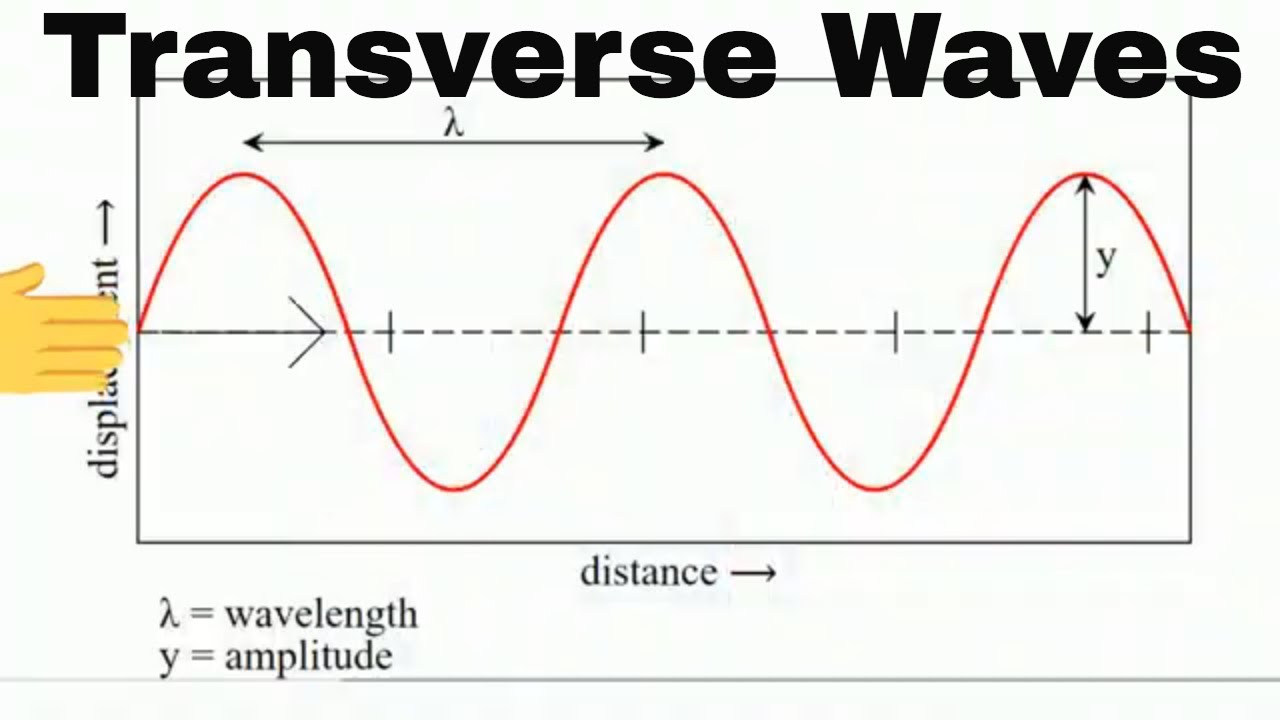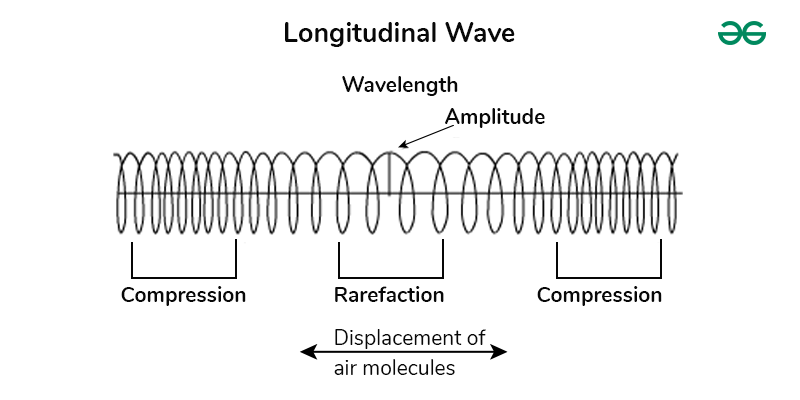Quiz Time!
What happens to the wave when you increase the amplitude?
Test Your Knowledge Further
Interested in more longitudinal waves such as sound waves? Check out this simulation.
Exploring Mechanical Waves
Mechanical waves are all about energy moving through matter. They’re everywhere—from the sound of a guitar string to the ripples in a pond. Let’s dive into what makes these waves tick and how they shape the world around us.
What Are Mechanical Waves?
At their core, mechanical waves are disturbances that travel through a medium (like air, water, or solid materials), transferring energy from one place to another. They rely on particle interactions to propagate; without particles to vibrate, these waves can’t exist.
Key Properties of Waves
Understanding mechanical waves means getting familiar with their fundamental properties:
Amplitude
This is the height of the wave from its rest position. Think of it as the “strength” or “intensity” of the wave. In sound waves, a larger amplitude means a louder sound.
Wavelength
The distance between two corresponding points on consecutive waves, like crest to crest or compression to compression. It tells us how “long” the wave is.
Frequency
How many waves pass a fixed point in a certain amount of time, usually measured in Hertz (Hz). A higher frequency means more waves are hitting you per second.
Wave Speed
The speed at which a wave travels through a medium. It’s calculated using:
Wave Speed = Frequency × Wavelength
Types of Mechanical Waves
Mechanical waves come in two main flavors:
Transverse Waves
Here, the particles of the medium move perpendicular to the direction of the wave. Picture shaking a rope up and down—the waves move horizontally while the rope moves vertically.

In a transverse wave, the motion is at right angles to the direction of energy transfer.
Longitudinal Waves
In these waves, particles move parallel to the wave’s direction. Sound waves are the perfect example. When you talk, air molecules vibrate back and forth along the direction the sound travels.

Longitudinal waves involve compressions and rarefactions traveling in the same direction as the energy transfer.
Energy Transfer in Mechanical Waves
Mechanical waves transfer energy without permanently moving matter. Imagine a crowd doing the wave at a stadium—the people (particles) don’t travel around the stadium; they simply move up and down, passing the energy along.
Real-Life Examples
- Sound Waves: From music to alarms, sound is a mechanical wave traveling through air (or other mediums).
- Earthquakes: Seismic waves shake the ground, transferring energy through Earth’s layers.
- Ocean Waves: Wind transfers energy to water, creating waves that surfers love.
- Slinky Demonstrations: A slinky can show both transverse and longitudinal waves when stretched and moved.
Why Are Mechanical Waves Important?
They play a crucial role in communication, technology, and natural phenomena. Understanding them helps us harness their power, predict natural disasters, and innovate in fields like medicine and engineering.
Explore Further
Curious minds might wonder:
- How do noise-canceling headphones use wave properties to reduce unwanted sound?
- What roles do mechanical waves play in medical imaging technologies like ultrasounds?
- How do animals like whales and elephants communicate using mechanical waves over long distances?
Test Your Knowledge
- What happens to the wavelength if you increase the frequency while keeping the wave speed constant?
- Can mechanical waves travel through a vacuum? Why or why not?
- Describe a scenario where both transverse and longitudinal waves are present.
Connecting to the NGSS Standards
This exploration aligns with the Next Generation Science Standards (NGSS) for 8th grade, specifically:
- MS-PS4-1: Use mathematical representations to describe a simple model for waves that includes how the amplitude of a wave is related to the energy in a wave.
- MS-PS4-2: Develop and use a model to describe that waves are reflected, absorbed, or transmitted through various materials.
Conclusion
Mechanical waves are more than just a topic in your science class—they’re a vital part of the world around us. By understanding how they work, you’re unlocking secrets to everything from the music you enjoy to the way we explore our planet’s depths.
Wanting to know more about how this links to EM waves and what is next for this unit? Click here (after the test you should be here)
